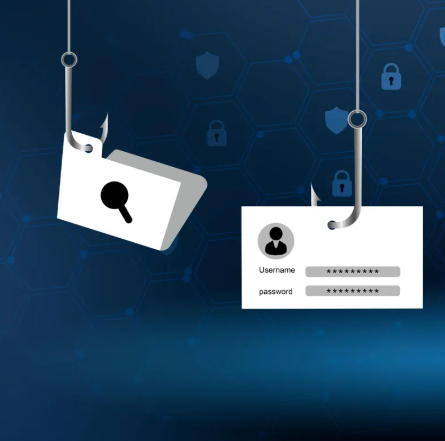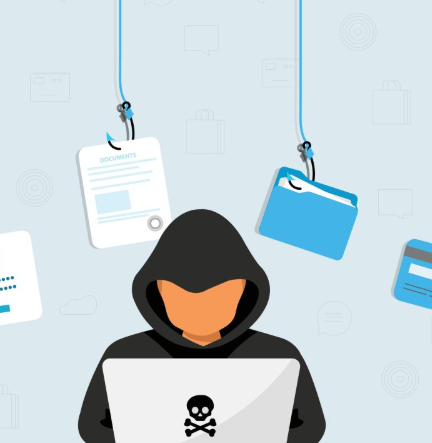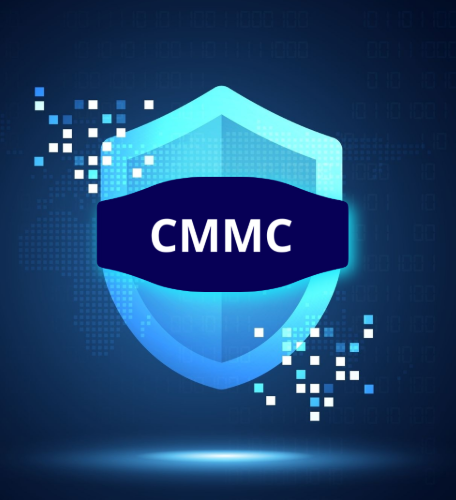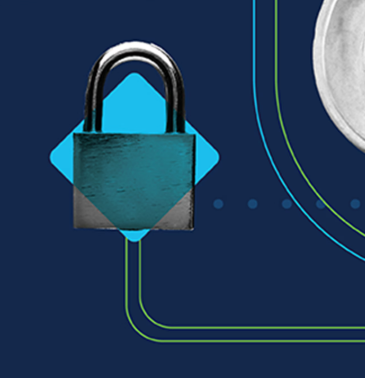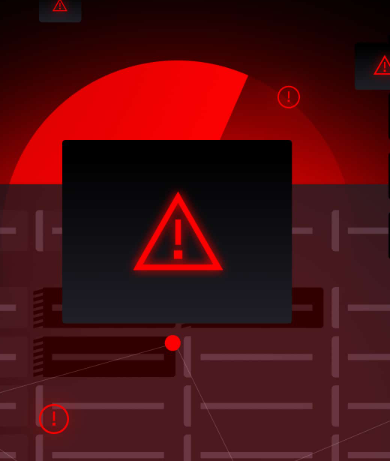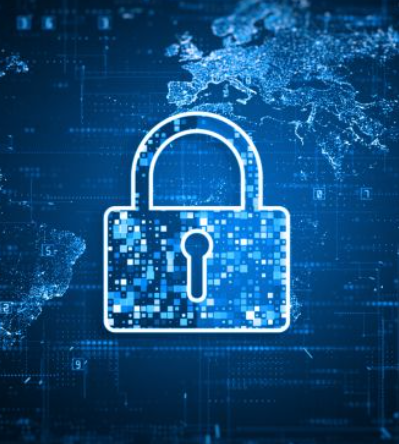
In our increasingly connected world, cyber threats are often linked to specific regions known for high levels of malicious activity. For organizations looking to strengthen their security, location-based threat control offers a proactive strategy to limit risks by restricting access based on geographic locations. This method reduces the attack surface and adds another defense layer against unauthorized or suspicious traffic targeting critical systems.
What Are Location-Based Controls?
Location-based controls use IP geolocation data to track where users or devices are accessing a network or application. With this information, organizations can block, limit, or flag attempts from regions outside their operational zones or countries associated with high cybercrime activity. These controls can be implemented on multiple levels, such as firewalls, web applications, and authentication systems.
Why Location-Based Threat Control Makes Sense
- Minimizing Exposure to High-Risk Areas
Many cyberattacks stem from a small number of countries recognized for frequent malicious activity. By blocking or limiting access from these areas, you can significantly reduce the chances of brute force attacks, phishing attempts, and botnet traffic reaching your systems. - Enhancing Data Compliance
Certain industries require sensitive data to be accessible only within specific geographic regions. Location-based controls help meet these compliance standards by restricting access to approved areas, ensuring that data is kept within the required boundaries. - Strengthening Defense Layers
While location-based controls should not be a sole defense, they are an essential component of a layered security approach. By filtering traffic based on location, these controls make it harder for attackers to access protected systems, even if other security measures are compromised. - Streamlining Incident Investigations
Understanding the geographic origin of network traffic can make it easier to spot suspicious patterns during a security incident. Access attempts from blocked or unusual regions can serve as an immediate red flag, prompting further scrutiny.
Things to Keep in Mind When Using Location-Based Controls
- Avoid Blocking Legitimate Access
If your business serves customers, partners, or remote workers from multiple countries, blanket geo-blocking could interfere with legitimate access. Consider allowing trusted IP addresses or using conditional access policies to ensure legitimate users are not affected. - Know About Evasion Tactics
Cybercriminals can bypass geographic restrictions by using VPNs, proxies, or compromised devices in approved regions. Therefore, location-based controls should be supplemented with additional detection tools to enhance security. - Balance Security with User Experience
Be clear with users who may be impacted by geo-restrictions and offer alternative secure access methods if necessary. This will help ensure that security measures do not compromise usability for legitimate users.
By integrating location-based controls into your security strategy, you can effectively reduce cyber risk and enhance overall defense while ensuring compliance and usability.

























